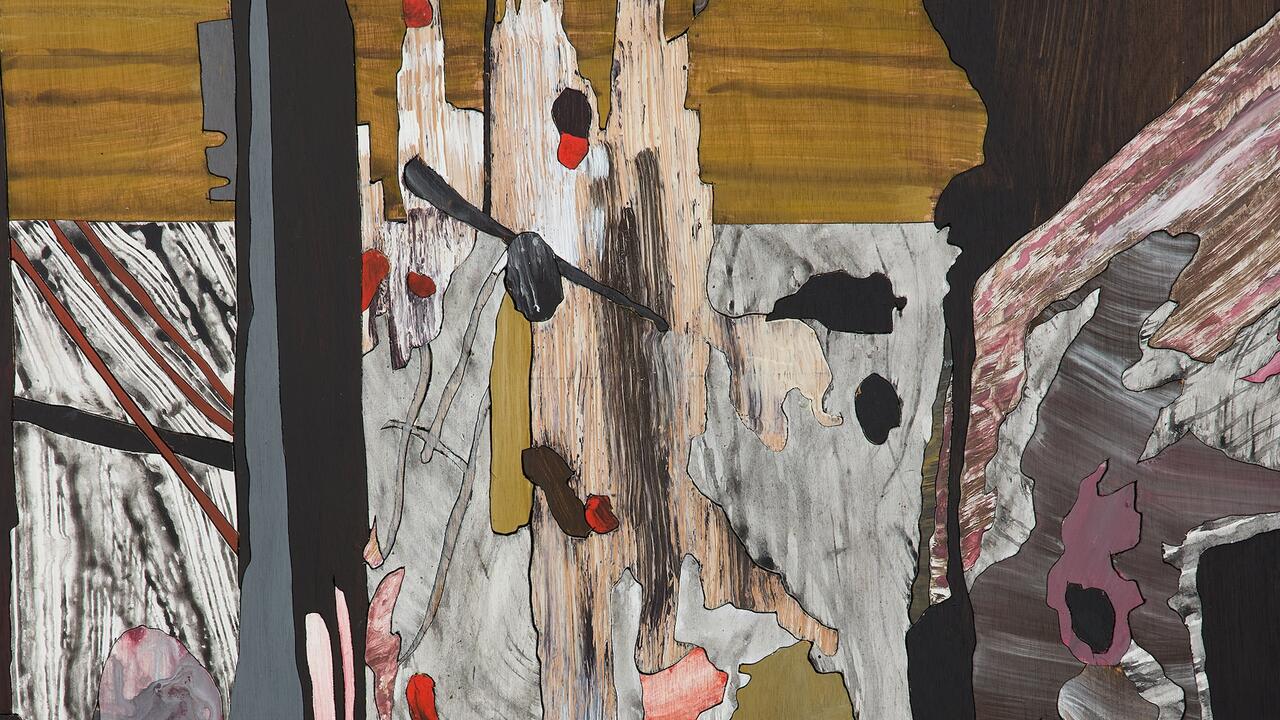The Spectacular Emptiness of Boris Johnson’s ‘Festival of Brexit’
To expect the progressive, internationalist art world to participate in a celebration of Brexit is to fire a volley into the culture war
To expect the progressive, internationalist art world to participate in a celebration of Brexit is to fire a volley into the culture war

How might the UK’s cultural institutions celebrate something that at least half of the country regards with fear and loathing? Such is the dilemma forced on arts leaders by the Conservative Party’s plans to stage a Festival of Great Britain and Northern Ireland in 2022 or, as the Tory MP Jacob Rees-Mogg has described it, a ‘Festival of Brexit’. Inherited from former Prime Minister Theresa May, this initiative has been taken up with gusto by Boris Johnson. Should he win December’s general election, two years from now he will be cutting the ribbon on what a Department of Digital, Culture, Media and Sport (DCMS) press release calls ‘an exciting programme of events on arts, culture, design and tech across the country’ showcasing ‘the UK’s unique strengths in creativity and innovation’ to ‘help attract new inward business and investment’ to the post-Brexit nation. DCMS’s erstwhile Parliamentary Under-Secretary of State, Lord Ashton of Hyde, has said that ‘we expect our excellent and vibrant museum sector to play an important role’ in the festivities. The noble Lord didn’t conclude this sentence with ‘or else’, but the message was clear enough.

Among the many problems associated with the festival is one of timing. DCMS makes much of the fact that it will coincide with the Queen’s Platinum Jubilee, the centenary of the BBC, the 75th anniversary of the Edinburgh International and Fringe Festivals, and the Birmingham Commonwealth Games. While May claimed this patriotic expo would ‘strengthen our precious Union’, she failed to notice that 2022 is also the centenary of the formation of the Irish Free State, not to mention the 50th anniversary of the Bloody Sunday massacre. If any more evidence were needed of the Conservative Party’s insensitivities to Northern Ireland’s nationalist community, then surely this is it. Likewise, it’s hard to see the ‘Festival of Brexit’ receiving an unequivocally warm welcome in Scotland, where 62 percent of voters backed remaining in the European Union, and where calls for a new referendum on Scottish independence grow ever louder. ‘Shall I at least set my lands in order?’, asks TS Eliot in The Wasteland (1922), a poem that will be a hundred years old in 2022. That, surely, is the question Johnson should have posed himself before pencilling his Leaver’s carnival into the UK’s diary.

Beyond this provocative emphasis on Unionism lies another issue. In short, and as the Conservative Party is well aware, the UK’s leading arts institutions embody a set of what we might broadly describe as progressive, internationalist values. These are shared by the large majority of the artists that they work with, and by much of the public that they serve. To expect such institutions to participate in a celebration of Brexit is, then, to fire a volley in a culture war. It seems likely that the festival, currently budgeted at some GB£120 million, will seek to justify itself by claiming to extend art’s reach beyond the ‘metropolitan elite’ (a term that Conservative Leavers increasingly apply not only to educated, monied Londoners, but to anybody with the temerity to question the wisdom of exiting the world’s largest trading block). Efforts to this end, of course, are nothing new in the UK’s cultural sector, and what success they have had owes nothing to populist, right-wing rhetoric.
DCMS’s press release invokes both the 1851 Great Exhibition (a Victorian expression of Imperial power) and the 1951 Festival of Britain (a postwar celebration of, among other things, the creation of the welfare state). A better point of comparison might be the Millennium Dome, which opened in the year 2000 with an exhibition so underwhelming that it was widely considered to be a symbol of the emptiness of the New Labour project. What, we might wonder, will make up Brexpo 2022’s programme, when so many of the UK’s leading cultural figures identify as Remainers and, as such, may be unwilling to take part in the festivities? Marathon screenings of the racist British sitcom Love Thy Neighbour (1972–76) in the nation’s town squares? Pro-Brexit 1980s pop act Bucks Fizz standing on the white cliffs of Dover, belting out their hit single Run for Your Life (1983) across the English Channel? A show of Johnson’s own painted models of double decker buses (which the Prime Minister has said he makes from wine crates) touring the UK’s regional galleries? Contemplating such a future, my vote in next month’s election feels all the more vital.
Main image: Boris Johnson stuck on a zip-line, London, 2012. Courtesy: Getty Images/Barcroft Media




















